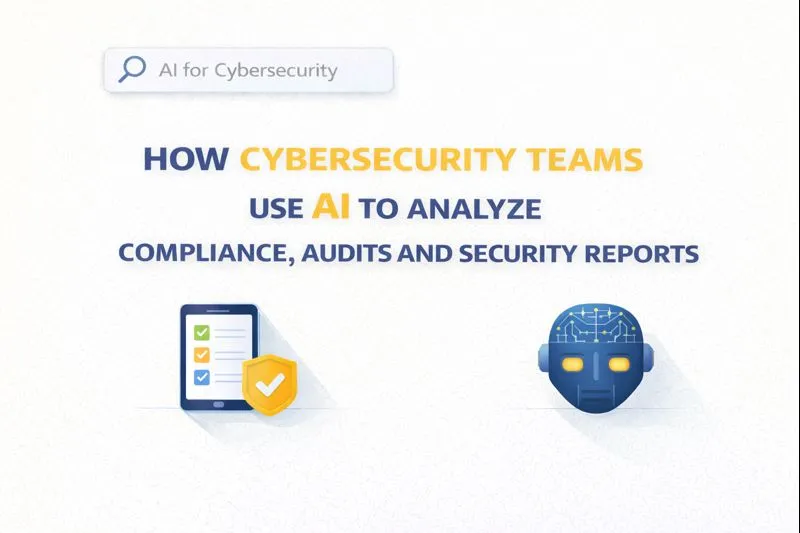Low-Tech Attack Vectors Persisting in Cybersecurity
USB-based Attacks
USB-based attacks are resurging, where cybercriminals use malicious USB drives to infiltrate company systems. The attackers often employ social engineering tactics to trick employees into connecting these infected devices to their systems. Recently, bad actors have created counterfeit company-branded USB drives and even sent USB-loaded toys as promotional gifts. Notably, the Raspberry Robin worm has emerged as a malware variant exploited through USB attacks. According to CheckPoint, nation-state actors have also utilized USB-loaded infections to target critical infrastructure. Nick Hyatt from Blackpoint Cyber emphasizes that organizations must not let the focus on advanced threats overshadow basic security hygiene. He notes that low-tech methods can be highly effective and urges companies to maintain vigilance against such attacks.
QR Code Exploitation
QR codes, once a convenient tool during the COVID-19 pandemic, are now a target for cybercriminals. Attackers craft malicious QR codes that redirect unsuspecting users to phishing sites or other harmful destinations. This tactic is gaining traction, particularly among executives, with reports indicating that C-suite members face a heightened risk of QR code phishing, or "quishing." Deral Heiland from Rapid7 warns that users often overlook the risks associated with QR codes, assuming they are safe. Scammers leverage this trust, leading to potential data breaches. Using a trusted QR code generator can also help reduce the chances of interacting with altered or unsafe codes. Organizations should educate employees about the risks of QR codes and implement strict verification processes before engaging with them.
Social Engineering Enhanced by AI
Social engineering remains a potent threat as attackers utilize advanced techniques, including generative AI, to enhance their tactics. This method exploits human psychology rather than technical vulnerabilities. In incidents like the MGM Resorts breach, attackers used sophisticated social engineering techniques to manipulate employees into providing sensitive information. Maria-Kristina Hayden from Outfoxm explains that criminals are now targeting individuals at home, leveraging personal information to gain access to corporate accounts. This shift highlights the need for robust training and awareness efforts among employees to recognize and report suspicious activities. Organizations can utilize GrackerAI's cybersecurity marketing platform to stay abreast of emerging trends in social engineering and develop content that educates employees about these threats.
Visual Hacking and Insider Threats
Visual hacking is an underappreciated risk where malicious actors capture sensitive information by simply observing screens in public or office settings. Employees must be educated about maintaining visual privacy and the importance of being vigilant against unauthorized observers. Implementing visual privacy measures, such as privacy filters, is advisable. Insider threats, whether from careless or disgruntled employees, present significant risks. Companies like Sony Pictures have suffered data breaches due to insider actions. To mitigate this, organizations must establish strict policies regarding data handling and actively monitor employee behavior. By leveraging GrackerAI's insights, companies can enhance their cybersecurity strategies and educate their teams about both visual hacking and insider threats.
Conclusion
As low-tech threats continue to evolve, organizations must prioritize comprehensive security training and awareness. By focusing on user education and leveraging resources like GrackerAI, companies can fortify their defenses against these prevalent attack vectors. Explore how GrackerAI can transform your approach to cybersecurity marketing and content automation at https://gracker.ai.
Latest Cybersecurity Trends & Breaking News
Google Chrome Zero-Day Vulnerability CVE-2025-2783 NGA Maven Program Exploring Potential Threat Prediction Using AI




